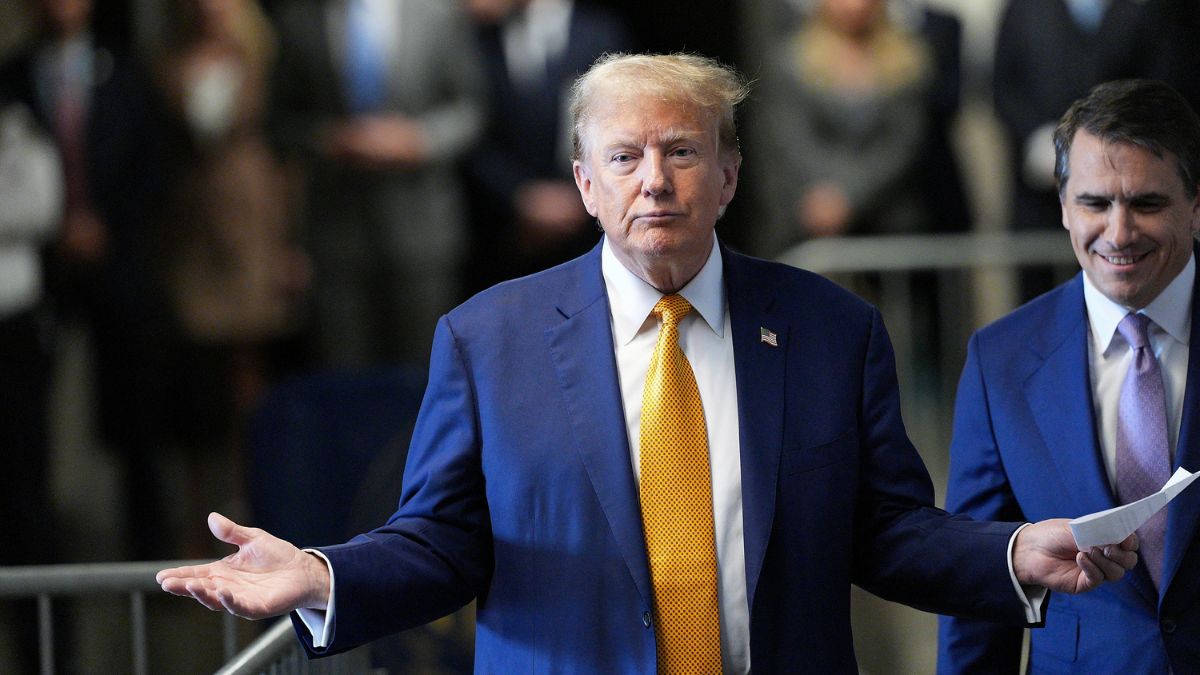US President Donald Trump has eliminated the ‘de minimis’ rule for all countries starting today. Under the rule, parcels under $800 entered the United States freely. In addition to setback to businesses abroad, the move will raise costs for American consumers.
US President Donald Trump’s decision to end the ‘de minimis’ rule for all countries will come into effect on Friday.
Under the de minimis rule, parcels under $800 entered the United States without any tariffs, fees, or other duties. American consumers relied on the provision to buy consumer goods, such as kitchen utensils, footwear, or clothes and beauty products, directly from foreign sellers cheaply under the system.
Initially, Trump had ended the de minimis rule for China in May. Then he signed an executive order on July 30 to end the rule for all countries.
As a result, postal services in around 30 countries have suspended services to the United States over lack of clarity how parcels would be processed.
While foreign businesses are bound to be affected, costs will also rise for American consumers who have relied for many years on the rule to cheaper consumer goods from abroad. Experts have said that the rule required amendments, not a complete removal.
E-commerce disruption
With the end of the de minimis rule, ecommerce in the United States is set to be disrupted.
As postal services suspend deliveries to the United States, sellers would need to switch to costlier alternatives like private FedEx and UPS couriers, forcing either to absorb the costs or pass it on to consumers.
After the rule was first suspended for China, shipments from Chinese e-commerce platforms to the United States fell 65 per cent by volume, Ashley Dudarenok, who runs a China and Hong Kong-based consumer-research consultancy, told Time magazine.
Costs for American consumers will likely rise, with a $12 children’s swimsuit from Temu costing $31 after duties, nearly tripling the price, said Dudarenok.
“Imported goods are expected to become 12-22% more expensive across the board,” said Dudarenok.
Most of the de minimis shipments come from China, which accounts for about 60 per cent of the volume, Rathna Sharad, the CEO of cross-border logistics firm FlavorCloud, told CNBC.
Reform, don’t end the system: Expert
The de minimis system may have needed some amendments but it did not need to be removed entirely, according to Elena Patel, the Co-Director of Urban-Brookings Tax Policy Center.
While de minimis was originally designed to support efficient customs operations by avoiding the costs of fully processing small shipments that generate little revenue, it became a tool of free trade in the last 35 years as the duty-free limit was raised from $5 to $800 and its usage exploded with the rise of global e-commerce, according to Patel.
Acknowledging that raising the de minimis threshold to $800 stretched the duties exemption beyond its original purpose and exposed legitimate concerns, ending the system entirely is disruptive and avoidable, said Patel in an article for Brookings.
“A more durable solution lies somewhere in the middle: narrowing and modernising the rule to reflect today’s trade environment, while preserving the efficiency benefits that motivated its creation. Thoughtful reform will require coordination across agencies, trading partners, and platforms to build a system that is equitable, enforceable, and resilient in a rapidly evolving global economy,” said Patel.
End of Article

)

